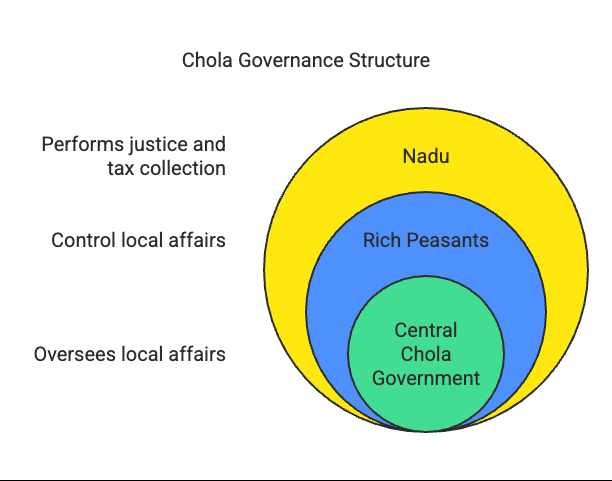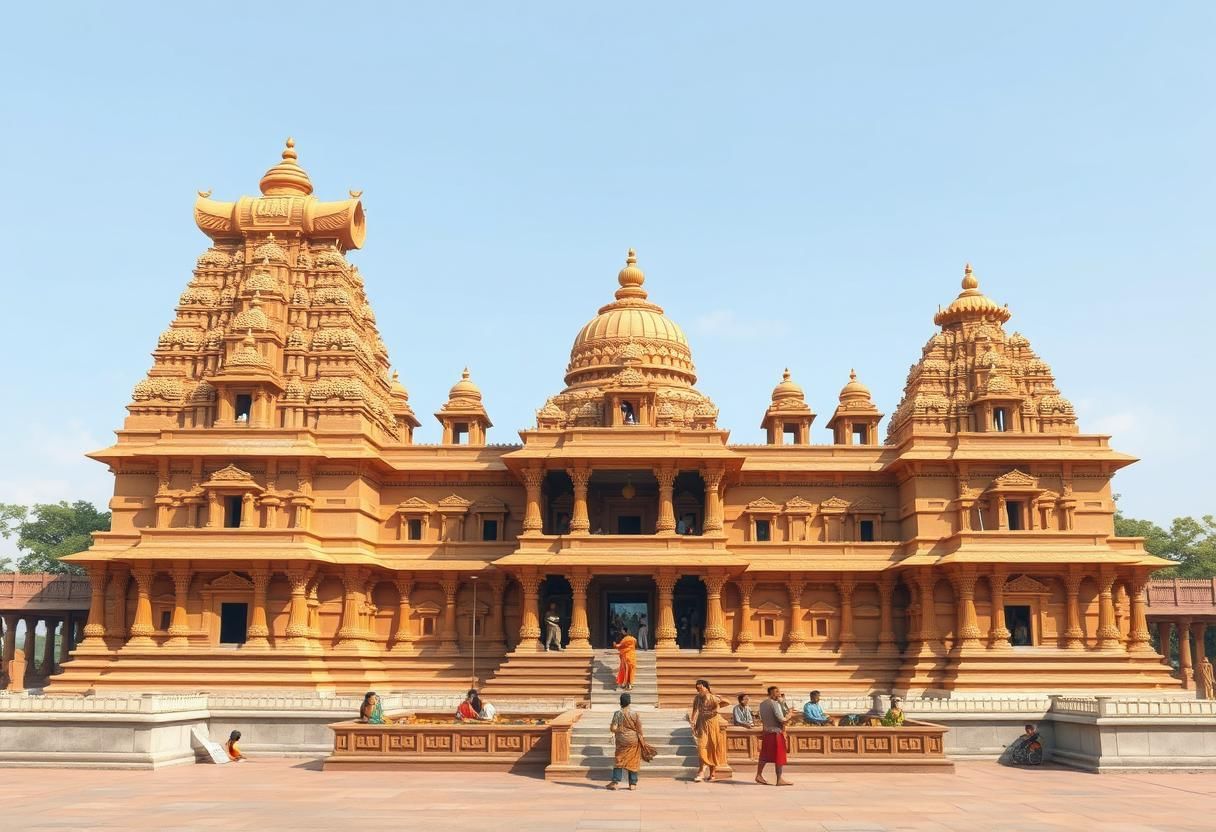New Kings and Kingdoms Class 7 Worksheet History Chapter 2
Q.1. What was the role of the nadu in the administration of the Chola Empire?
The nadu performed important functions like dispensing justice and collecting taxes. Rich peasants had control over the affairs of the nadu under the supervision of the central Chola government.
 Q.2. What was called Nadu?
Q.2. What was called Nadu?
Groups of villages formed larger units called Nadu.
Q.3. Who built the big temples of Thanjavur and Gangaikonda Cholapuram, and why are they considered remarkable?
The big temples of Thanjavur and Gangaikonda Cholapuram were built by the Chola rulers Rajaraja and Rajendra. These temples are considered remarkable because of their impressive architectural design and intricate sculptural work, making them architectural and sculptural marvels.
Q.4. What was called sabha?
An assembly of prominent Brahmana landholders who looked after brahmadeya was called sabha.
Q.5. What do you know about Periyapuranam?
Periyapuranam is a twelfth-century Tamil work, which informs us about the lives of ordinary men and women.
Q.6. How were Brahmanas rewarded by kings?
Kings often rewarded Brahmanas with grants of land. These were recorded on copper plates, which were given to those who received the land.
Q.7. What are prashastis?
Prashatis were inscriptions that were written in praise of someone or something. Usually, they were composed in praise of the rulers.
Q.8. What kind of irrigation works were developed in the Tamil region?
A variety of methods were used for irrigation. In some areas, wells were dug. In other places, huge tanks were constructed to collect rainwater.
Q.9. Why are the temples of Thanjavur and Gangaikondacholapuram famous?
The big temples of Thanjavur and Gangaikondacholapuram, built by Rajaraja and Rajendra, are famous for their architectural and sculptural marvels.
Q.10. What do you know about “tripartite struggle”?
Rulers belonging to the Gurjara-Pratihara, Rashtrakuta, and Pala dynasties fought for control over Kanauj. Because there were three “parties” in this long-drawn conflict, historians often describe it as the “tripartite struggle”.
Q.11. Why did Chola kings give some rich landowners titles like muvendavelan, araiyar, etc.?
The Chola kings gave some rich landowners titles like muvendavelan (a velan or peasant serving three kings), araiyar (chief), etc. as markers of respect, and entrusted them with important offices of the state at the center.
Q.12. Who was responsible for collecting the revenue from the people?
The functionaries for collecting revenue were generally recruited from influential families, and positions were often hereditary. This was true about the army as well. In many cases, close relatives of the king held these positions.
Q.13. Write a short note on brahmadeya.
The term brahmadeya means land gifted to Brahmanas. Each brahmadeya was looked after by an assembly or sabha of prominent Brahmana landholders. These assemblies worked very efficiently. Their decisions were recorded in detail in inscriptions, often on the stone walls of temples.
Q.14. Who was Kalhana? What was he famous for?
Kalhana was a great poet who composed a long Sanskrit poem containing the history of kings who ruled over Kashmir. He used a variety of sources, including inscriptions, documents, eyewitness accounts, and earlier histories, to write his account. Unlike the writers of prashastis, he was often critical of rulers and their policies.
Q.15. What were the activities associated with Chola temples?
Chola temples often became the nuclei of settlements that grew around them. These were centers of craft production. Temples were also endowed with land by rulers as well as by others. The produce of this land went to maintain all the specialists who worked at the temple and very often lived near it – priests, garland makers, cooks, sweepers, musicians, dancers, etc. In other words, temples were not only places of worship; they were the hub of economic, social, and cultural life as well.
 Chola Heritage
Chola Heritage
|
63 videos|554 docs|46 tests
|
FAQs on New Kings and Kingdoms Class 7 Worksheet History Chapter 2
| 1. What were the key features of the new kingdoms that emerged during this period? |  |
| 2. How did the new kingdoms influence trade in their regions? |  |
| 3. What role did religion play in the governance of new kingdoms? |  |
| 4. Who were some prominent rulers of the new kingdoms, and what were their contributions? |  |
| 5. What were the major conflicts that arose between the new kingdoms? |  |

















